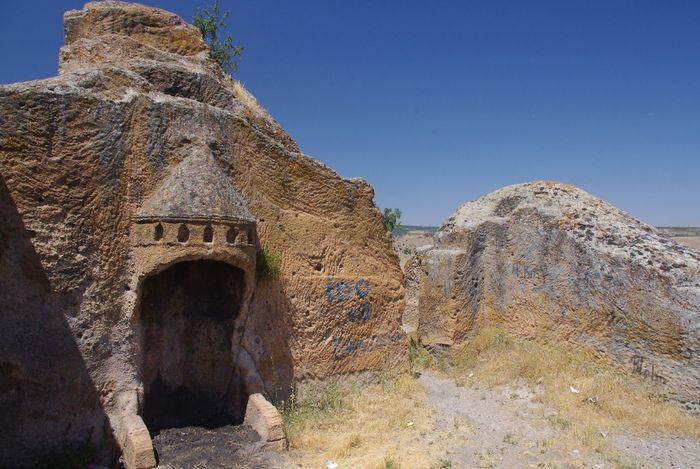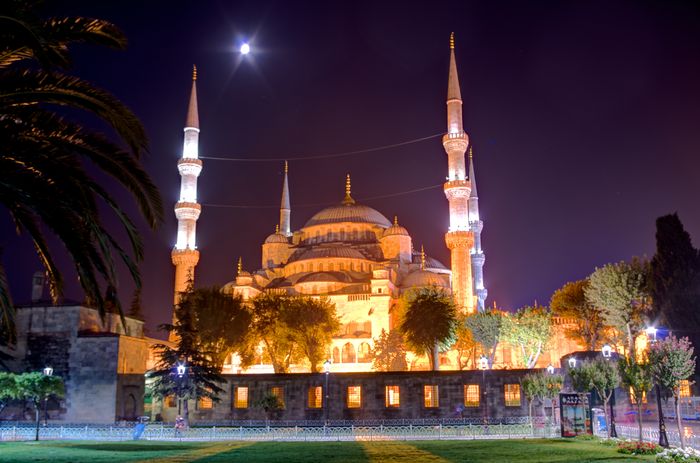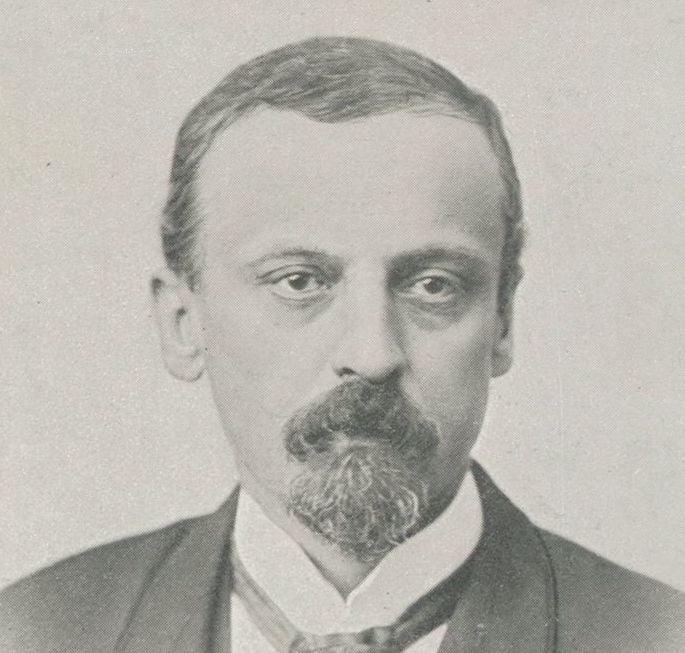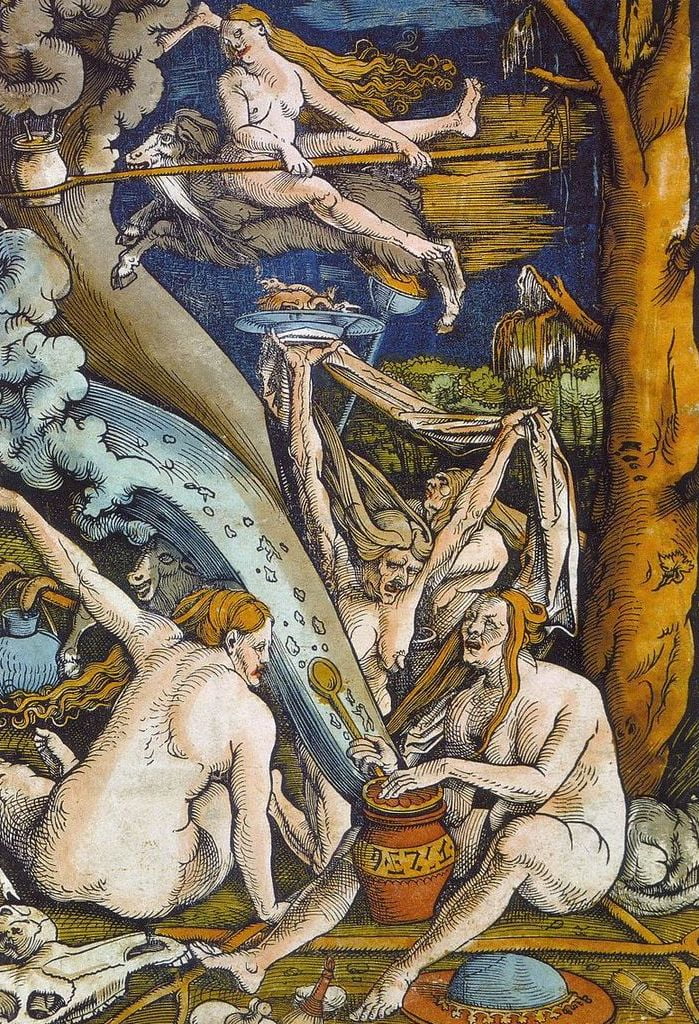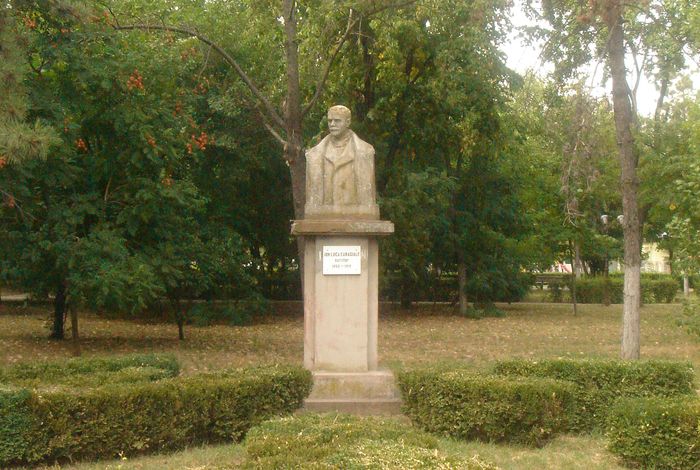Phrygian valley Cradle of Culture
On one side monumental tumuli, giant rock-carved reliefs, altars and cave dwellings, on the other fairy chimney formations like works of art and the thermal springs that have warmed the lofty steppes of the Anatolian plateau for centuries. While wandering in the valleys and highlands, you grasp more easily the place in human history of the Phrygian civilization and its rich cultural heritage.
The region that includes the provinces of Afyonkarahisar, Kutahya and Eskisehir, where the monuments of the Phrygian civilization are located, is known today as the Valley of the Phrygians. Three cities still preserve their historic links with this magnificent geography, which illumines the present with the light of the past. Countless local riches, such as Afyonkarahisar’s marbles, Kutahya tiles and Eskisehir’s alabaster, are the touchstones of this cultural journey.
Every day at dawn, first the castle perched on the colossal rock mass that rises behind it is illuminated at Afyonkarahisar. Then, spreading across the lower reaches of Afyonkarahisar Castle, the light reaches the historic texture of a house close to four hundred years old.
This region, where you can find vestiges of traditional Afyonkarahisar life, is among the finest living examples of Anatolian civil architecture. Strolling about here, a person is astonished to encounter old-fashioned grocery stores with their characteristic smell that brings back childhood memories.
Afyonkarahisar
Situated at the point of intersection of the inter-city highways to Istanbul, Ankara and Izmir, Afyonkarahisar is always alive and humming. The hotels and large shopping centers that have spread to the province keep the region ever vibrant.
